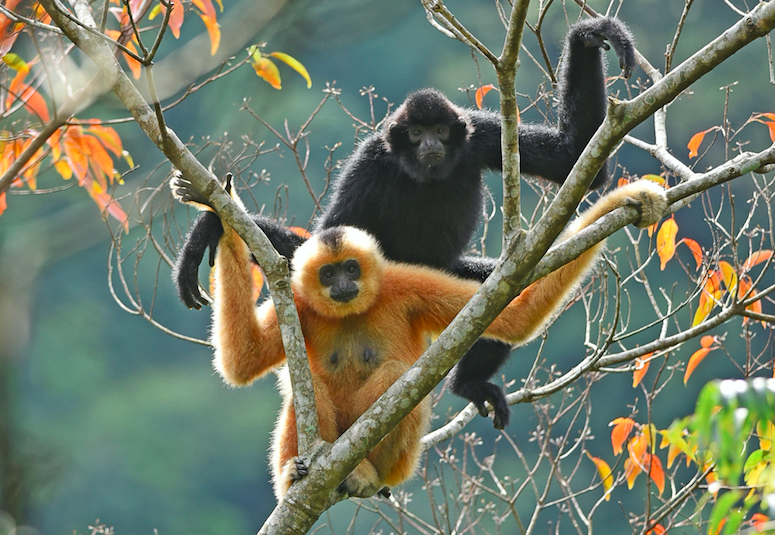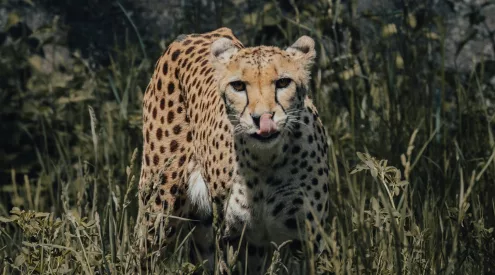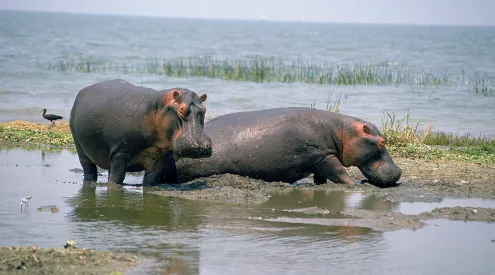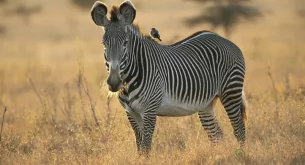The world’s rarest primate, the Hainan Gibbon, is one of the most threatened species in the world. These animals have been decimated by poaching and deforestation which has resulted in major habitat loss. The primates now only reside in a patch of forest found on China’s Hainan island, according to BBC.

Adult males are jet black with a hairy crest, while adult females are golden yellow with a black crown.
This patch of forest measures 1,600 hectares in the Hainan Bawangling National Nature Reserve, according to Mongabay.
This animal is ‘probably the world’s rarest mammal species’ according to the Zoological Society of London. In the 1950s there were around 2,000 individuals in the world. Today, there is an estimated 28 individuals remaining in the Bawangling National Nature Reserve. Additionally, it is believed that these animals have been extinct for over two decades throughout the rest of the island.
The International Union for Conservation for Nature (IUCN) has listed these mammals as critically endangered on their Red List.
The Hainan Gibbon are unique animals with a loud, distinctive call that is emitted as a signal to mark their territory. Breeding pairs are known to sing a ‘duet’ at the break of dawn, as a form of bonding. These animals are monogamous, meaning that they mate for life.
In October 2019, villagers living 8km outside of the gibbons’ range spotted a male and female gibbon together. A sign of hope for the species.
Philip Lo, co-author of a report about the new breeding pair said: to Mongabay that: ‘There are only five families of this species in the world, so every single new family formation is exciting news.’
Lo is a senior conservation officer at the Hong Kong-based Kadoorie Farm and Botanic Garden (KFBG) conservation and education center.
In a statement, KFBG said: ‘This is the second piece of good news this year for the Hainan Gibbon that is endemic to Hainan Island. Back in January, results of the latest Hainan Gibbon population census, co-organised by KFBG and Hainan Bawangling National Nature Reserve (Bawangling), reported that the population of Hainan Gibbon rebounded to more than 30, up from the record low of less than 10 in the 1970s.’
New hope for the Hainan gibbon: a male and female formed a new “family” unit that’s living outside the species’ current range https://t.co/tJQoYt1Yev
— Marina Ramon Gorina (@Marina_Ramon) May 29, 2020
‘Although the Hainan Gibbon has more than doubled in both number and family group since we started conservation intervention, and is the only gibbon species assessed by the IUCN Red List to have a stable population – all 18 other species in the world are experiencing population declines – it remains the rarest primate on earth and is not yet safe from the cusp of extinction. We will strive to ensure a bright future for the Hainan Gibbon,’ concluded the KFBG.
Take a look at these graceful primates below
Image credit: KFBG


















